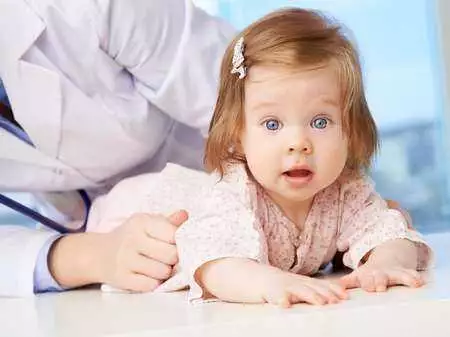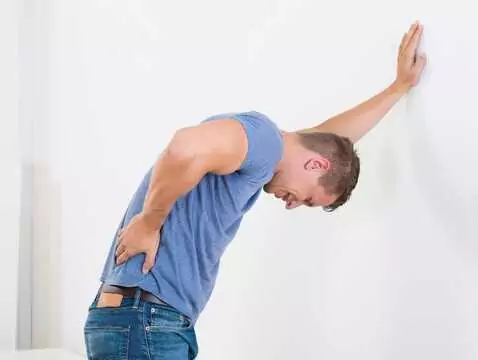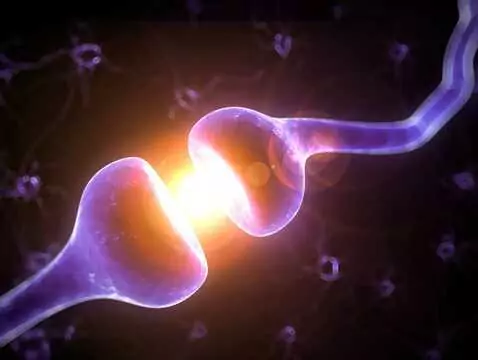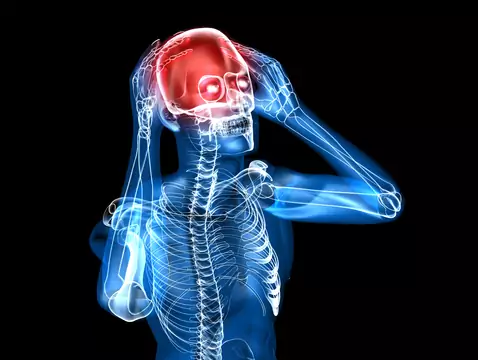Head injuries in children are among the most common reasons for parents and carers of a child to present to health services. The problem is not only very common in the practice of paediatricians and paediatric neurologists , but is also a significant cause of mortality in childhood. In the general paediatric population, head injuries are more frequently observed in boys.
In the available literature on the problem of head injuries in children, several classifications are encountered. The most common, and at the same time practical, is the division into mild, moderate and severe injuries.
- A mild head injury is one from which the child does not show distressing symptoms. This type of head injury is most common in children and is associated only with the presence of post-traumatic abrasions of the epidermis, swelling or bruising of the head tissues at the site of injury. Occasionally, superficial head wounds may need to be dressed with a sterile dressing or, less commonly, sutures.
- Ahead injury is termed moderate-severe if the symptoms observed are indicative of central nervous system injury. Post-traumatic symptoms include headaches and dizziness, nausea, vomiting, disturbances of consciousness such as a brief loss of consciousness or a state described as confusion, i.e. the child's disorientation with regard to his or her person, place or time. Mostly such injuries are also accompanied by local lesions such as those described above.
- Severe head injuries, regardless of their cause, are characterised by obvious, long-lasting symptoms indicative of damage to the central nervous system, i.e. disturbances of consciousness lasting hours or even days after the injury, generalised or focal convulsions, multiple vomiting.
The causes of head trauma are very diverse, depending on the age of the child. The youngest infants, due to their age-appropriate motor development, rarely suffer spontaneous trauma, but more often may be exposed to trauma, intentional or unintentional, from those around them. Multi-organ injuries, including to the head, resulting from the intentional use of force in children under one year of age are referred to as maltreated child syndrome. However, even the youngest children can suffer unintentional injuries , for example falls from portable seats or carriers. Older infants, aged 5-7 months, are more likely to suffer unintentional injuries due to their increasing mobility, i.e. falls from couches, changing tables or armchairs. On the other hand, children aged 8-12 months, i.e. those who are starting to crawl and stand up and walk independently, often suffer multiple injuries every day. Falls of children moving in baby walkers should not be forgotten either.

photo: pantherstock
Pre-school age children are predominantly injured playing with their peers, and teenage years are dominated by sports-related injuries (bicycle, skiing). In both of the latter cases, adherence to wearing a protective helmet can effectively protect the child from serious injury. Beatings are also a common cause of injury in teenagers.









